Founded in 2013, the USSA is the voice of U.S. sustainable food and agricultural production. It represents the fertile lands and expansive waters of a great country and gives a voice to all that work and rely on them for food, clothing and materials.
Together we can… promote sustainable U.S. products to the world, help U.S. producers by sharing knowledge, and always work towards the best, most sustainable use of nature’s resources.
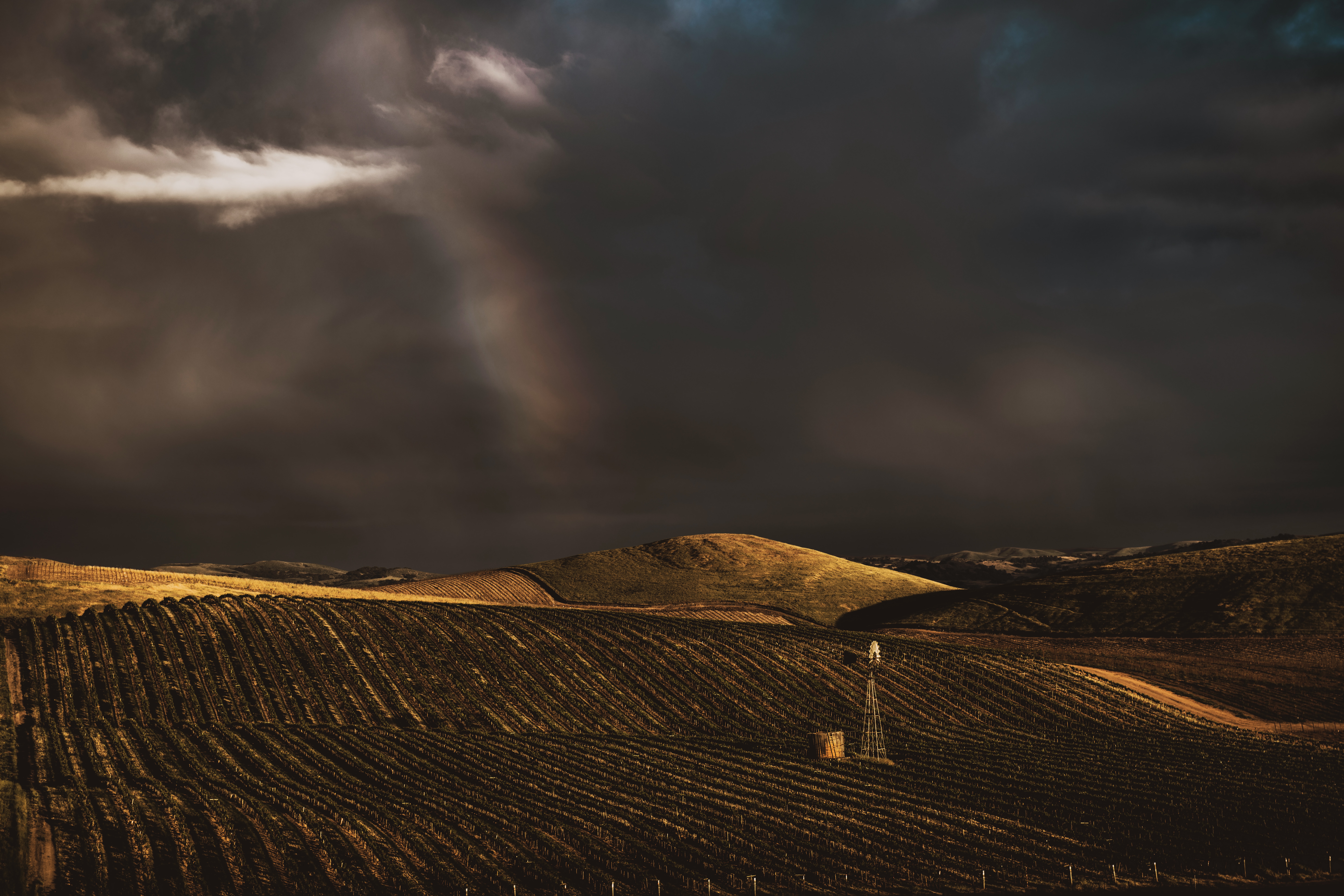
Challenging the ‘big industry’ perception of U.S. agriculture, family farms deliver 90% of all outputs as of 2022.
USSA is one of the largest member organizations for agriculture in the U.S. We are a non-profit organization that provides industry insight and direct access to information, and we can put you in touch with the right partners.
Today, we represent more than twenty farming, fishery and forestry associations and supply chain partners who are together responsible for more than $7 billion of annual U.S. food and agricultural exports to the EU. And that figure grows every year.
The USSA’s mission is to share with our international counterparts in Europe and beyond insights into U.S. production methods, provide clear data on our world-leading sustainability programs, support commercial interests and develop export opportunities for the producers we represent.
We recognize that we have just one planet and that shared standards and approaches represent the best route forward. We are in this together and have a common ambition to support our planet today and tomorrow.
For more than 100 years, our commitment to conservation and sustainability has been supported by, and enshrined in, U.S. laws and policies that have helped to shape our food production and environmental safeguards.
Find out how we can help you, today.
The U.S. has a long history of sustainability and conservation. Long before the perils of climate change were identified, we became aware of the importance of working in harmony with the natural environment by conserving where we can and restoring where we can’t. Following the horrific impacts of the Dust Bowl storms, the government formed the Soil Conservation Service in 1935. Soil is just one part of the ecosystem and as understanding of the relationship between environmental constituents grew, we saw further steps with the 1948 Federal Water Pollution Control Act and the Air Pollution Control Act in 1955.
As humans’ impact on the natural world became better understood, more action was taken to protect and preserve. From the National Wilderness Preservation System created in the 1960s through the sustainability initiatives implemented in the 1970s by the U.S. Environmental Protection Agency (EPA), a comprehensive framework was established, leading to the Conservation Reserve Program of 1985 and the expansion of the Sustainable Fisheries Act and Wetlands Reserve Program of the 1990s. Over many long decades the U.S. has recognised, and legislated to protect, natural habitats and resources.
Today more than ever we must continue to build on these firm foundations. Moving from regulation to action we have seen some 23.5 million hectares (58 million acres) of wilderness protected from development and the establishment by the EPA of standards for the use of renewable biofuels. Management of our woodlands has seen forested areas grow, year on year, for the last 20 years. Meanwhile The USDA continues to set world-leading standards for organic foods, proscribing, for example, the use of antibiotics under National Organic Program regulations.
This is not the end of a journey but the start. The USSA is here to share information, to promote best practice and to help drive the ongoing improvements we all need. Our programs continue to evolve in line with research, technology and discovery.
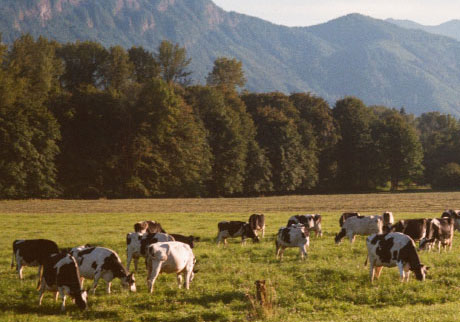
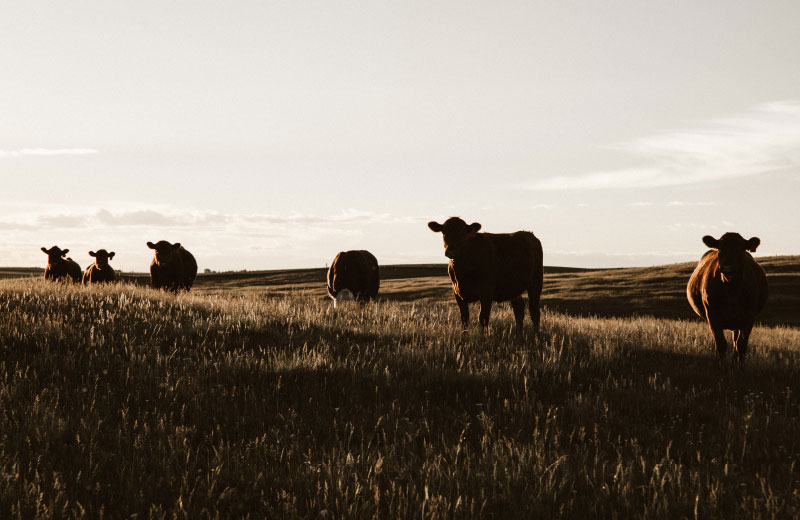
The U.S. dairy industry has the world’s lowest carbon emissions per liter of milk. In the ten years from 2005, it reduced emissions intensity by 2.2% per annum while increasing milk production by 2.1%.

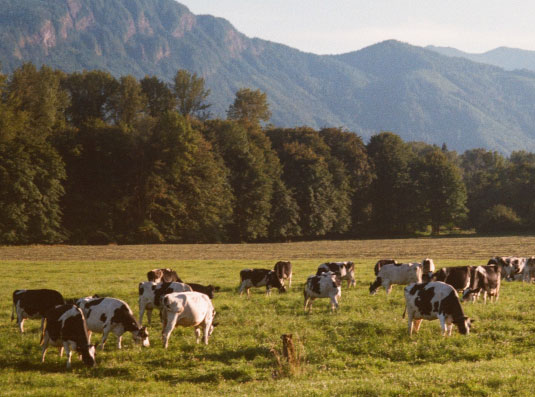
Our news help you keep track of the key issues and activities in the farming sector, from water management to the carbon footprint of U.S. dairy products, which today is the world’s lowest.
Our ambition is to inform visitors on U.S. commitment to sustainability and for buyers to consider U.S. commodities in industries ranging from almonds and peanuts to dry beans and grains.

U.S. forestry is setting new standards in the provision of low and zero carbon wood supplies – at the same time as restoring habitats and enhancing biodiversity. The result is that the forested areas of the U.S. have increased year on year.
USSA represents both the American Hardwood Export Council and the Softwood Export Council, making this your first destination to find out about sustainability in forestry and wood products.
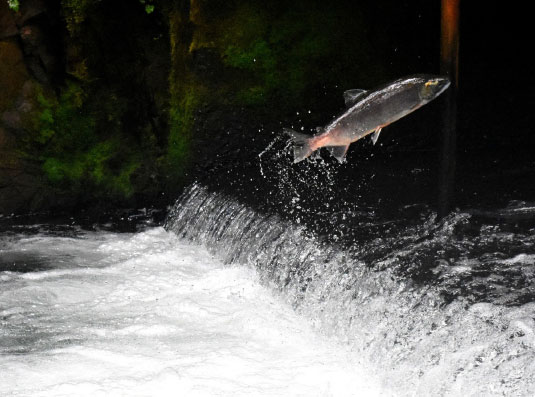
With 24 members including the acclaimed Alaska Seafood Marketing Institute and the Intertribal Agricultural Council, the U.S. waterways and coasts form an important part of our work to represent our members.
Discover our latest news on key updates, reports and sustainability practices within the U.S. fishing industry.

Our members are often focused on best practice management of our lands, forests and waters, but the USSA also represents organizations that supply products to customers around the world.
Find out about members such as Leather & Hide Association of America, North American Renderers Association, Food Export Association of the Midwest and the Organic Trade Association – and how their products can support your sustainability goals.
organizations and trade associations currently represented by the U.S. Sustainability Alliance.
people represented across U.S. farming, fisheries, forestry and related production & processing sectors.
the estimated value of annual food & agricultural exports from USSA members to the UK and EU.

Sustainable and responsible use and management of water on land and in rivers, lakes, and the sea is crucial.
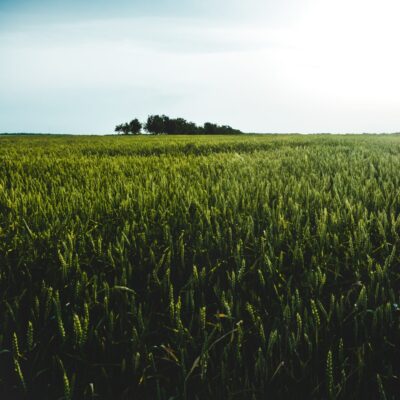
Soil health is vital for crop growth, carbon capture and grassland preservation. Our members know that.
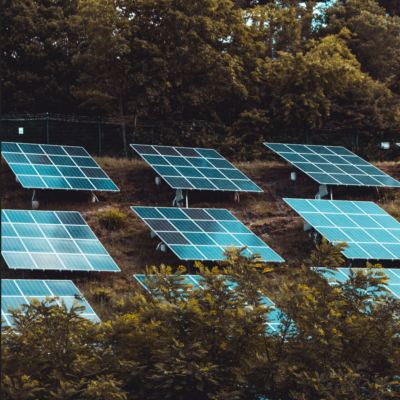
Our members are constantly working to reduce carbon emissions and prevent CO2 from entering the atmosphere by capturing it.

As stewards of the land and water, our members are focused on the conservation of plant and animal ecosystems for the benefit of future generations.
In a world awash with information and diverging views and perspectives, the USSA provides a single voice for those who care about the sustainability of their lands, forests, and fisheries today and tomorrow. One that can cut through the noise, champion their work and the passion with which they deliver it.
The USSA works to ensure best practices are shared among our members representing industries and associations big and small; from the Cotton Council International to the U.S. Soybean Export Council. We explore issues from regenerative farming and soil carbon storage to defining new standards in organics.
USSA works not only to share best practice within the U.S. but also to communicate to stakeholders around the world – from regulators to agricultural organizations and buyers to consumers. Our mission is twofold, to ensure insights are shared and to introduce to potential customers the sectors and suppliers that set a sustainability standard of which we are proud.
Receive key industry and U.S. Sustainability news every month, featuring insights from the farmers and organizations leading the way in sustainable agriculture.
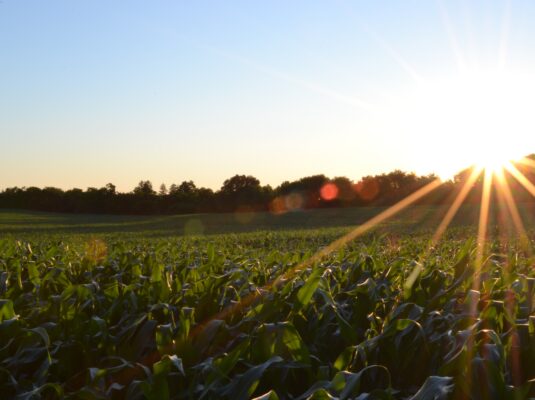
While U.S. farmers, ranchers and foresters work to exceed regulatory requirement, U.S. laws and policies provide a robust framework, developed over many years, to ensure and promote the sustainability of the crop, livestock, seafood and forestry sectors. The policies look to immediate impacts on the environment and beyond to cover topics from employment to biodiversity to endangered species. The following pages provide context and an introduction to key federal legislation.
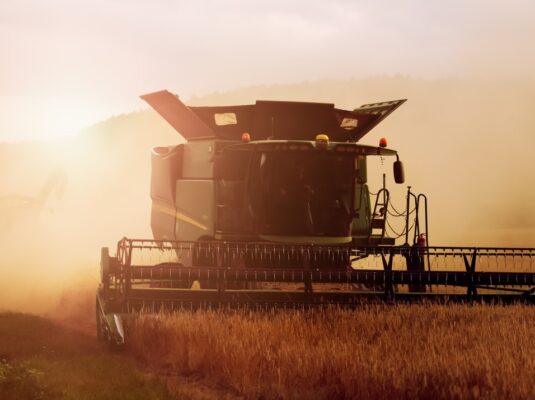
Focused on conservation and environmental stewardship, the USDA, working with The Natural Resources Conservation Service on technical assessment and the Farm Service Agency for enforcement, uses grant management to deliver best practice. A particular focus is on protecting erodible lands and wetlands, with ‘sodbuster’ and ‘swampbuster’ rules denying farm program benefits to producers who cultivate or convert them without a conservation plan. One result of such policies is that soil loss has been halved since 1982.

The U.S. recognizes that sustainability has many facets and action is required in explicit areas.
This has resulted in the enactment of a wide range of laws, from the Clean Water Act and Clean Air Act to the Endangered Species Act and the Lacey Act with its focus on the illegal trafficking of plants, fish, and animals.
The USSA is the independent voice of sustainability for U.S. agriculture, forestry, and fisheries.
Our ambition is to service the planet and its people through the many markets our members serve. We will succeed in our goal only by providing outstanding commodities and products – products that deliver against the sustainability goals we share today.
The benefits for all are clear:
Higher value products that deliver for the producers we represent, accelerate investment in climate smart systems and engaging communities and businesses, large and small.
And, for the international markets, access to commodities and products that carry the stamp of sustainability – whether that is in the purchase of rice or soybean or in the choice of wines and whiskeys.
Every year we grow our network of members, bringing on board whole new industries and sectors. We aim to build a single destination for information and a point of contact for those we supply today and will supply tomorrow.
We recognize that this is a shared journey. And it is imperative that we work together to deliver.
And that is why we are proud to say Together we can…
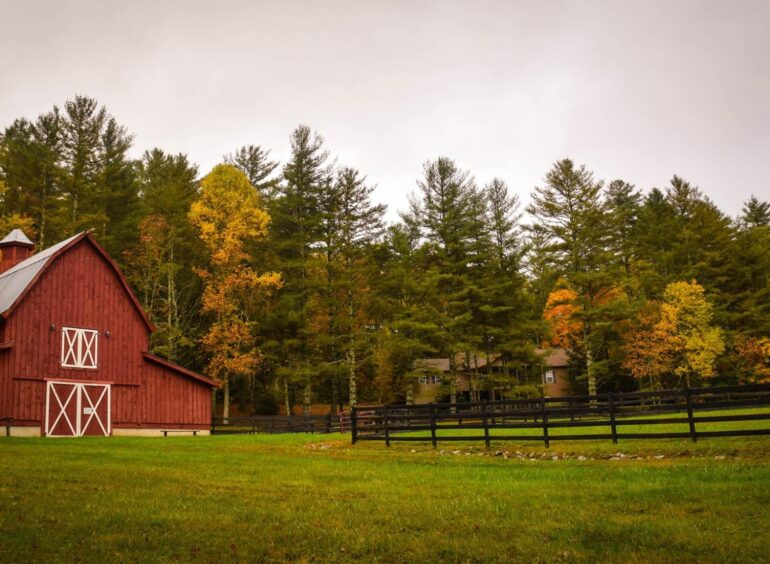
“Our goal is to expand markets for climate-smart commodities and ensure that small and underserved producers reap the benefits of these market opportunities.”
U.S. Secretary of Agriculture Tom Vilsack
The USSA is driven by its members, who are made up of farming, fishery and forestry associations and supply chain partners. They care about the land, the water and the seas and are committed to leaving them in better shape for those who follow. Find out more about each member below.
Before you leave, please consider taking our survey.
We want to find out how you think the U.S. is performing in terms of sustainability, what you’re interested in finding out more about, and where you think we should focus our resources.
Your views will help shape the future and ensure we deliver key insights on the most important issues to our site visitors.
Take our survey